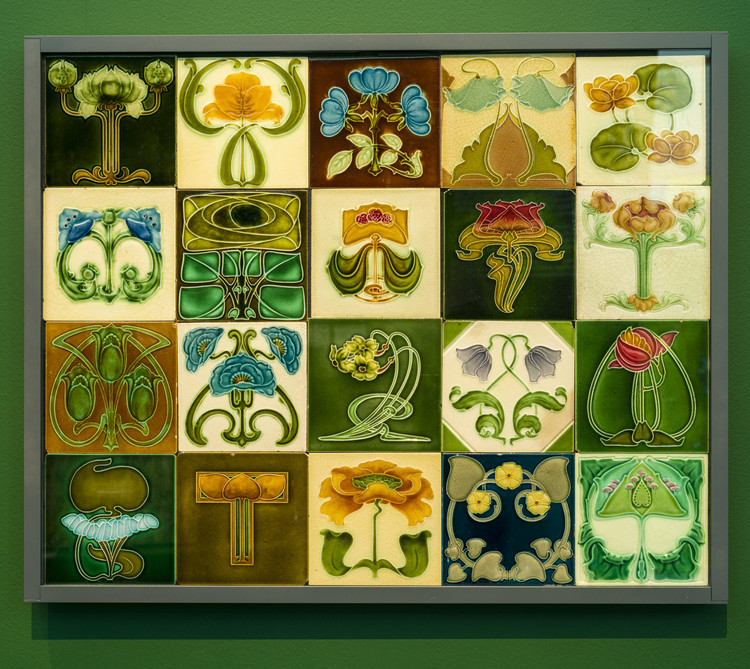Arts > Exhibitions
Art Nouveau: The Nature of Dreams - Review
Sainsbury Centre for Visual Arts
12/08/20

After a disrupted opening in the spring, the Sainsbury Centre’s Art Nouveau exhibition has at last opened its doors to the public. Although, not in the way you’d probably expect. From your entry into the building you’re carefully guided by directions and masked staff behind Perspex screens. When I last came to the centre, around March, I couldn’t have expected my next visit to be like this.
While the new system offers new curatorial opportunities (the public are now supportive of being instructed where to stand), it certainly does not feel unnatural. It’s obvious that this exhibition wasn’t designed with social distancing in mind, but the Centre have done a good job at making it feel safe despite that.
It’s a similar format to exhibitions in the mezzanine gallery. A brief, yet detailed examination of an area of the art world. Art Nouveau has been done many times before, but this exhibition attempts to shine a new light on it, with a broad-brush eclectic mix of work from the late 19th century. The last two exhibitions I attended at the gallery’s mezzanine were the Brian Clarke and Doris Lessing, both framed as a biography of a particular artist. Contrastingly, this show takes you from Aubrey Beardsley, to William Morris, Berthe Morisot, Paul Gaugin, Seurat and René Lalique.
The exhibition is almost entirely European, and the vast majority is work by male artists. Most of the work is the typically conventional, much of it is beautiful and impressionistic. The bright, striking brooches would capture most people’s gaze, with their golds, silvers and precious stones. The sense of value generated from these materials is not easily squashed.
The subtler works create a more profound reaction. From the detailed, psychedelic swirls of Beardsley’s illustrations, or the minimal initial sketching of Seurat’s La Grande Jatte, or even William Morris’ embroidered Eastern inspired textiles seen with the wonderful ‘Blanket’ piece.
The introduction of Morris highlights the amalgamation of industrialism, politics and aesthetics. The exhibition seems to take the view that Art Nouveau was not particularly seen as a unified movement, but rather a demonstration of new talent in all shapes and forms. The sense of modernity, and the explosive excitement of this period is conveyed well within the constrains of the exhibition, drawing links between the English arts and crafts artists like William de Morgan and William Morris, the modernism of Gaudi and impressionism of Seurat and Morisot. The incorporation of arts and crafts, with textile pieces and ceramics, emphasises a link between the more well-defined impressionist tradition, which is something many people probably would not have considered.
While the geographical points of view, and the political environment at the time is explained, due to the nature of the Art Nouveau movement, it feels some what less challenging. This can be good; the pieces on display have wide appeal, this is by no means an esoteric exhibition. But, the blending of arts and crafts, make it perhaps less stimulating. Though, at its core, most visitors will appreciate the timelessness of the aesthetics shown. Overall, the diversity of objects and works make for an enamouring exhibition, even if it seems to be familiar ground.
Header Image: Andy Crouch